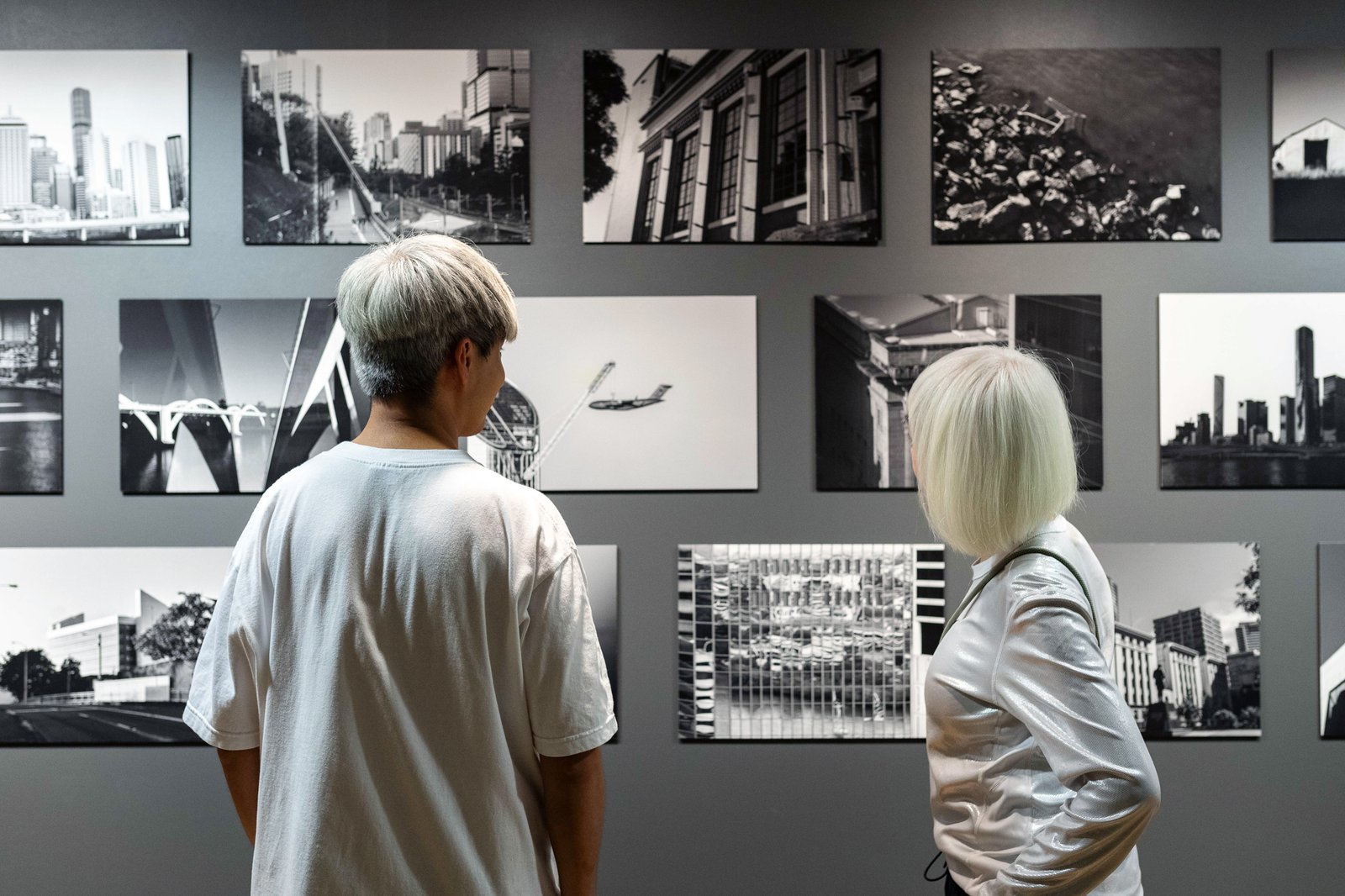Alfred Henrie Elliott (1870-1954) was a keen amateur photographer whose significant body of work, donated to the City of Brisbane, has been housed in the Museum of Brisbane (MoB) since 1983. Preserved in cedar cigar boxes, the Elliott Collection appeared to have lain dormant for decades until it was discovered beneath a house in inner-city Red Hill.
Initially it consisted of over 400 glass plate negatives, 100 prints and a back panel camera, but in 2014 an additional cigar box containing 400 film negatives and 92 prints was found. This increased the collection to over 800 photographs, with a date range spanning a 50-year period from 1890 to 1940. Representing one of the most significant collections of historical images of early Brisbane, it also documents a period of great growth for the city. Elliott captured social, economic and environmental changes in Brisbane in his comprehensive snapshots of family and friends, sporting events, beaches and local parks, alongside built infrastructure.
However, drawing on Elliott’s source material is just the starting point for this illuminating exhibition, as curator Elena Dias-Jayasinha has envisioned the main focus of New Light: Photography Now + Later be someone with a strong contemporary focus.
Appreciating Elliott’s work and reinterpreting it through the lens of today’s world, Dias-Jayasinha skillfully presents three interconnected yet distinct approaches from the historical to the present, including a community engagement component. His articulate vision, encapsulating in detail the original work on which the exhibition is based, clearly shows the progression of Elliott’s world into the modern era.
To read: A strong focus on community brings art to new places in Brisbane
The first section focuses on Elliott’s photography with around 50 beautifully printed and enlarged images to show his lived experiences and everyday world. The story of his early life with family photographs sits alongside numerous and well-explained photographic objects.
There are interactive displays of the technologies of the period, from the dry plate process to film photography and the art of the stereoscope. A digital film shows the process of using a tailboard camera, also on display, from the intricacies of taking to developing photographs. A magnifying glass is thoughtfully provided to read his sliding-scale drawings, written in exquisite calligraphy on tiny copperplate. A fascinating and carefully curated component of the exhibition.
Elliott’s work is clearly one man’s perspective, taken from a colonial perspective of the period and limited by the technologies of the time and his own abilities. With this in mind, we turn to the work of seven contemporary Brisbane photographers, commissioned by MoB to create new work in response to Elliott’s images. Given free rein and with their own specific interests and points of view, the artists’ perspectives are as diverse as they are creative.
Both Jo-Anne Driessens and Tammy Law reflect on their own lived experiences of viewing Elliott’s work, searching for any gaps and blank spaces to which they might respond with different results. Marian Drew and Nina White are interested in exploring Elliott’s subjectivity, finding moments in his photographs that have particular resonance for them. Carl Warner considers Elliott’s landscapes in terms of their composition, which he finds to be of a similar construction throughout, and responds with his own composite photography. Joachim Froese deconstructs the hierarchical portrait of a children’s birthday party, reworking it within a contemporary context using mobile phone technology. And Keemon Williams uses Elliott’s striking image of horses on a stormy beach to reimagine a futuristic, almost lunar landscape.
An engaging and well-explained film of the artists discussing their responses is included, while their works, displayed on the exterior walls in an eye-catching design, appear to engage with Elliott’s photographs that are displayed centrally in the gallery.
Alongside these commissions, the Brisbane community was invited to respond to the Elliott Collection by capturing their own black and white photograph of Brisbane’s built environment today. From over 100 entries, 68 were chosen by the curator and team to be part of the Viewfinders engagement exhibition.
A full wall of credited photographs sits outside the main exhibition space and is as diverse in scope as it is fascinating. There are stunning examples of Brisbane’s modern metropolis today and intriguing, creative compositions that go beyond Elliott’s singular vision of a bygone era. The black and white photographs are particularly illuminating.
While honouring Brisbane’s history and culture in a respectful and meaningful way, this exhibition also offers a fresh and contemporary view of our world, juxtaposing diverse responses to Elliott’s work. Furthermore, inviting the local community to participate and contribute to the city’s ongoing story is a welcome initiative.
To read: Music review: Silence and EcstasyAdelaide City Council
In her first curatorial role for MoB, Dias-Jayasinha and her team have created an impressive, high-quality exhibition that is expected to generate much interest. The distinct threads of New Light: Photography Now + Later offers the viewer a carefully curated program in a well-designed gallery space. On display at the MoB for the next 11 months, this exhibition has much to offer a wide audience of adults and children, as well as attracting locals and visitors to the city.
New Light: Photography Now + Later
Brisbane Museum
CEO/Director: Zoe Graham
Curator: Elena Dias-Jayasinha
Original photographer: Alfred Henrie Elliott
Contemporary compositions: Marian Drew, Jo-Anne Driessens, Joachim Froese, Tammy Law, Carl Warner, Nina White and Keemon Willaims
New Light: Photography Now + Then will be on display until July 13, 2025; free of charge.
#Exhibition #review #Light #Photography #Museum #Brisbane
